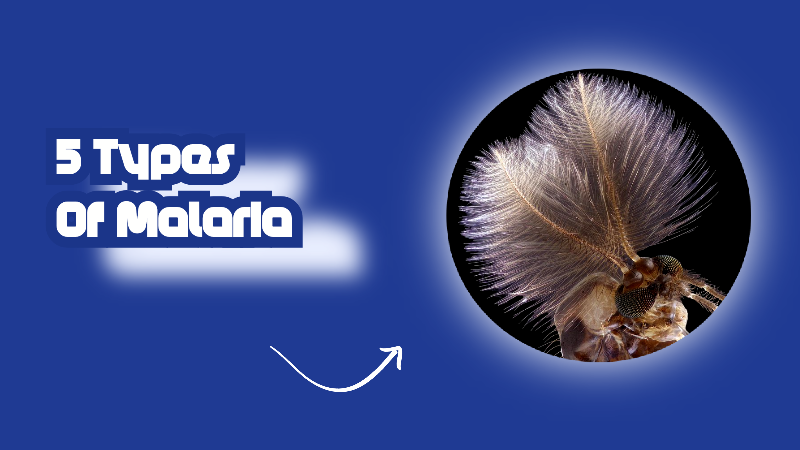You will agree 🙏 when i conclude that:
You just SURVIVED from malaria, a tough encounter. not so? But Do You Know The Particular Type?
In this comprehensive guide, we’ll delve into the various species of malaria parasites,
their unique features, and the implications for human health.
The Four Main Culprits – Plasmodium Species
Malaria is caused by protozoan parasites of the Plasmodium genus.
Four species are primarily responsible for human infections:
- Plasmodium falciparum: This is the most dangerous and prevalent species globally, especially in Africa. It’s responsible for the most severe forms of malaria, including cerebral malaria, which can lead to coma and death.
- Plasmodium vivax: Widespread in Asia and South America, P. vivax can cause relapses due to its ability to form dormant liver stages (hypnozoites).
- Plasmodium ovale: Less common than P. falciparum and P. vivax, P. ovale also forms hypnozoites, leading to relapses.
- Plasmodium malariae: This species causes a milder form of malaria but can lead to chronic infections.
The Fifth Species – Plasmodium knowlesi
Plasmodium knowlesi: Primarily found in Southeast Asia,
this species naturally infects macaques but can also cause severe malaria in humans.
It’s increasingly recognized as a significant public health threat in the region.
Key Differences and Clinical Implications
Each Plasmodium species exhibits unique characteristics
in infected red blood cells (RBCs), which are visible under a microscope.
These differences impact the severity of the disease,
the types of symptoms experienced, and the appropriate treatment strategies.
- P. falciparum: Often causes high parasite levels in the blood, leading to severe complications.
- P. vivax and P. ovale: Can cause recurrent malaria due to hypnozoites.
- P. malariae: May result in long-lasting, low-grade infections.
- P. knowlesi: Can rapidly progress to severe illness, mimicking P. falciparum infections.
Symptoms and Diagnosis
Common malaria symptoms include fever, chills, sweating,
headache, muscle aches, and nausea.
However, the specific symptoms and their intensity can vary depending on:
the Plasmodium species involved.
Diagnosis typically involves microscopic examination
of blood smears or rapid diagnostic tests (RDTs).
Prevention and Treatment
Preventive measures include mosquito control
(e.g., insecticide-treated nets, indoor residual spraying)
and antimalarial medications for travelers.
Treatment depends on the specific Plasmodium species, the severity of the infection,
and the patient’s age and health status.
- What are the 4 types of malaria?
The four main types of malaria that infect humans are caused by Plasmodium falciparum, Plasmodium vivax, Plasmodium ovale, and Plasmodium malariae. However, it’s important to note that Plasmodium knowlesi is also a significant concern, especially in Southeast Asia, making it five types.
- What are the 5 stages of malaria parasites?
The malaria parasite undergoes several stages: (1) Sporozoites (injected by mosquitoes), (2) Liver stage (development in liver cells), (3) Schizonts (release of merozoites), (4) Merozoites (infection of red blood cells), and (5) Gametocytes (taken up by mosquitoes). It is important to note that the Hypnozoite stage is an extra stage that P.vivax and P.ovale have.
- What is the most common type of malaria?
Plasmodium falciparum is the most common type of malaria globally, particularly prevalent in Africa.
- What are the types of malaria in Nigeria?
In Nigeria, Plasmodium falciparum is the most common and dangerous type. Other species, like Plasmodium vivax, Plasmodium ovale, and Plasmodium malariae, also exist, but are less common.
- What are the 7 types of malaria?
There are not 7 types of Malaria that infect humans. There are 5. The confusion may come from the many other types of Plasmodium that infect animals.
- Which type of malaria is most dangerous?
Plasmodium falciparum is the most dangerous type of malaria, capable of causing severe complications and death.
Malaria in Nigeria, Onitsha
In Nigeria, malaria remains a major public health concern.
Plasmodium falciparum is the predominant species, leading to a high burden of severe malaria cases.
Access to effective prevention and treatment is essential,
and local health initiatives play a vital role in combating the disease.
Residents of Onitsha should be aware of the importance of using insecticide-treated nets,
seeking prompt medical attention for fever, and adhering to prescribed antimalarial medications.
Which malaria is worst? have you experienced?

READ MORE: TYPES OF MOSQUITO
